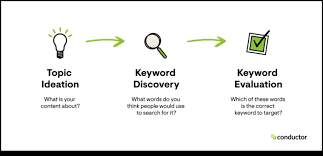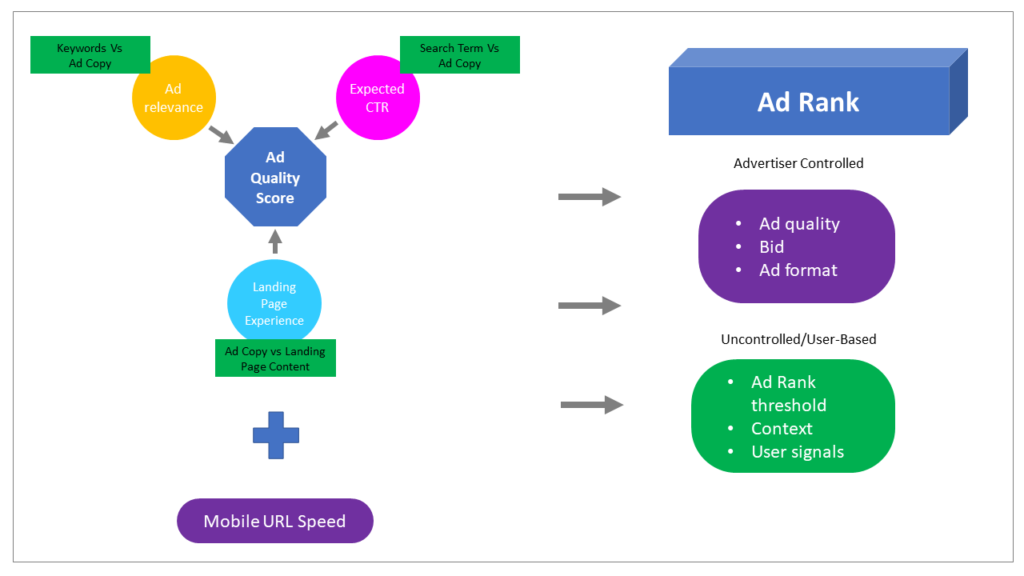Understanding PPC Conversion Rate
Your PPC conversion rate measures how many ad clicks turn into desired actions like purchases, sign-ups, or inquiries. If your ads get clicks but low conversions, it’s time to optimize!
1. Optimize Your Landing Page
A well-designed landing page significantly impacts conversions. Ensure:
- A clear, compelling headline.
- A simple and actionable CTA (Call-to-Action).
- Mobile-friendly and fast-loading design (Check web development tips).
2. Use High-Intent Keywords
Target commercial keywords with buyer intent. Examples:
- “Buy digital marketing services” vs. “What is digital marketing?”
- “Hire a PPC expert” vs. “How does PPC work?” (Find expert PPC help)

3. Write Compelling Ad Copy
- Highlight unique selling points (USPs).
- Use power words like “Exclusive,” “Limited Offer,” and “Guaranteed.”
- Include ad extensions to boost engagement (Learn about ad extensions).
4. Refine Audience Targeting
- Use geo-targeting to reach local buyers (Improve local SEO).
- Implement demographic and device targeting.
- Leverage remarketing to re-engage past visitors.
5. A/B Test Your Ads
- Experiment with different headlines, descriptions, and CTAs.
- Test multiple ad creatives and formats.
- Analyze performance and scale winning variations (How to split-test PPC ads).

6. Use Negative Keywords
- Exclude irrelevant searches to prevent wasted spend.
- Example: If you sell premium services, exclude “free” and “cheap” keywords.
7. Improve Ad Quality Score
- Ensure relevance between keywords, ads, and landing pages.
- Boost CTR (Click-Through Rate) with engaging ad copy.
- Enhance the user experience for better rankings.
8. Leverage Automated Bidding
- Use Google’s Smart Bidding strategies for optimized conversions.
- Adjust bids based on device, location, and audience data.
Final Thoughts
Optimizing your PPC conversion rate takes strategy, testing, and refinement. Implement these tactics to reduce ad spend waste and increase ROI.
🚀 Want expert PPC management? Contact us today!📞 Call us at 0161 399 3517
📧 Email us at Syed_66@hotmail.com
🌐 Visit: Social Media Max

